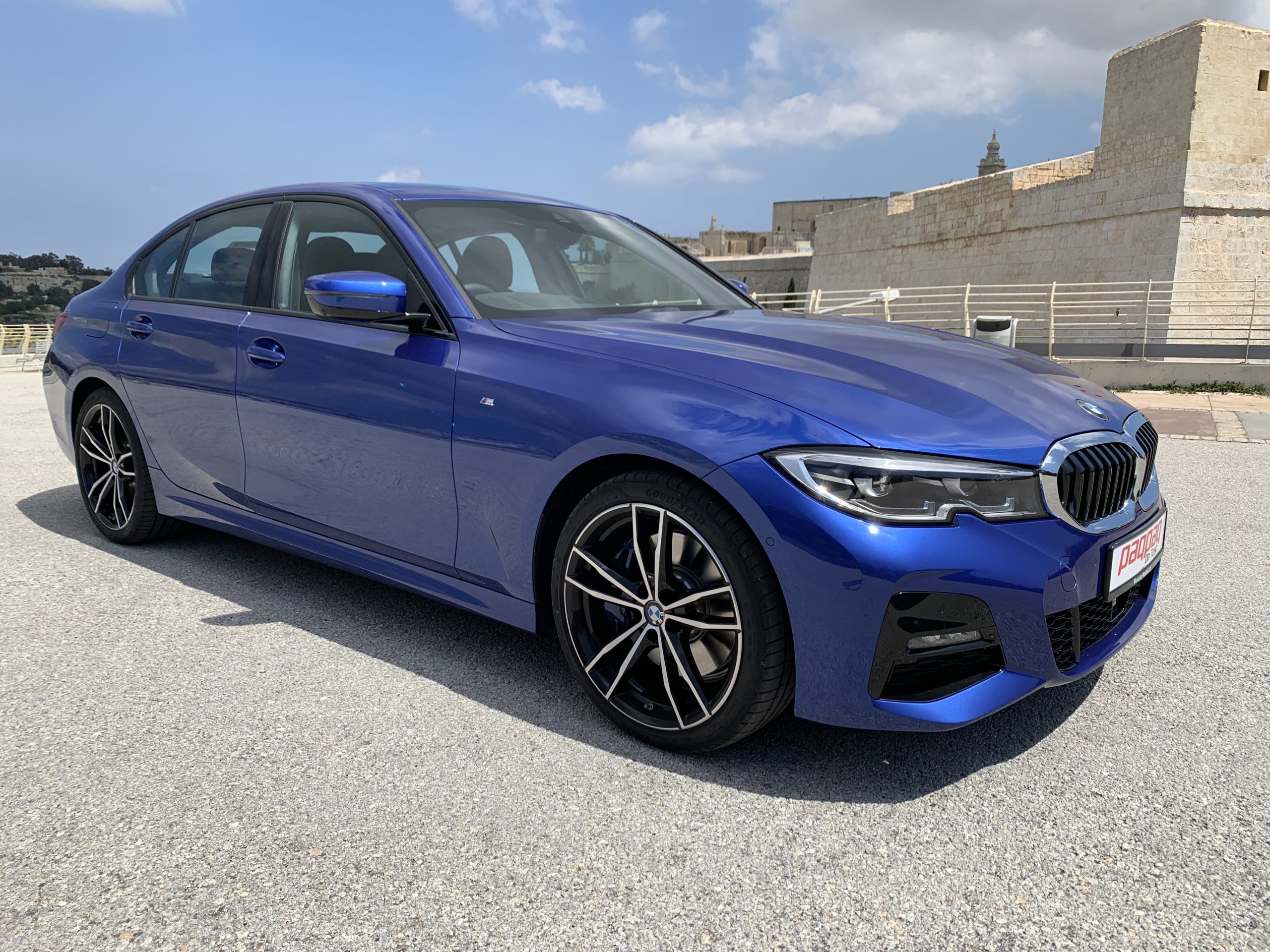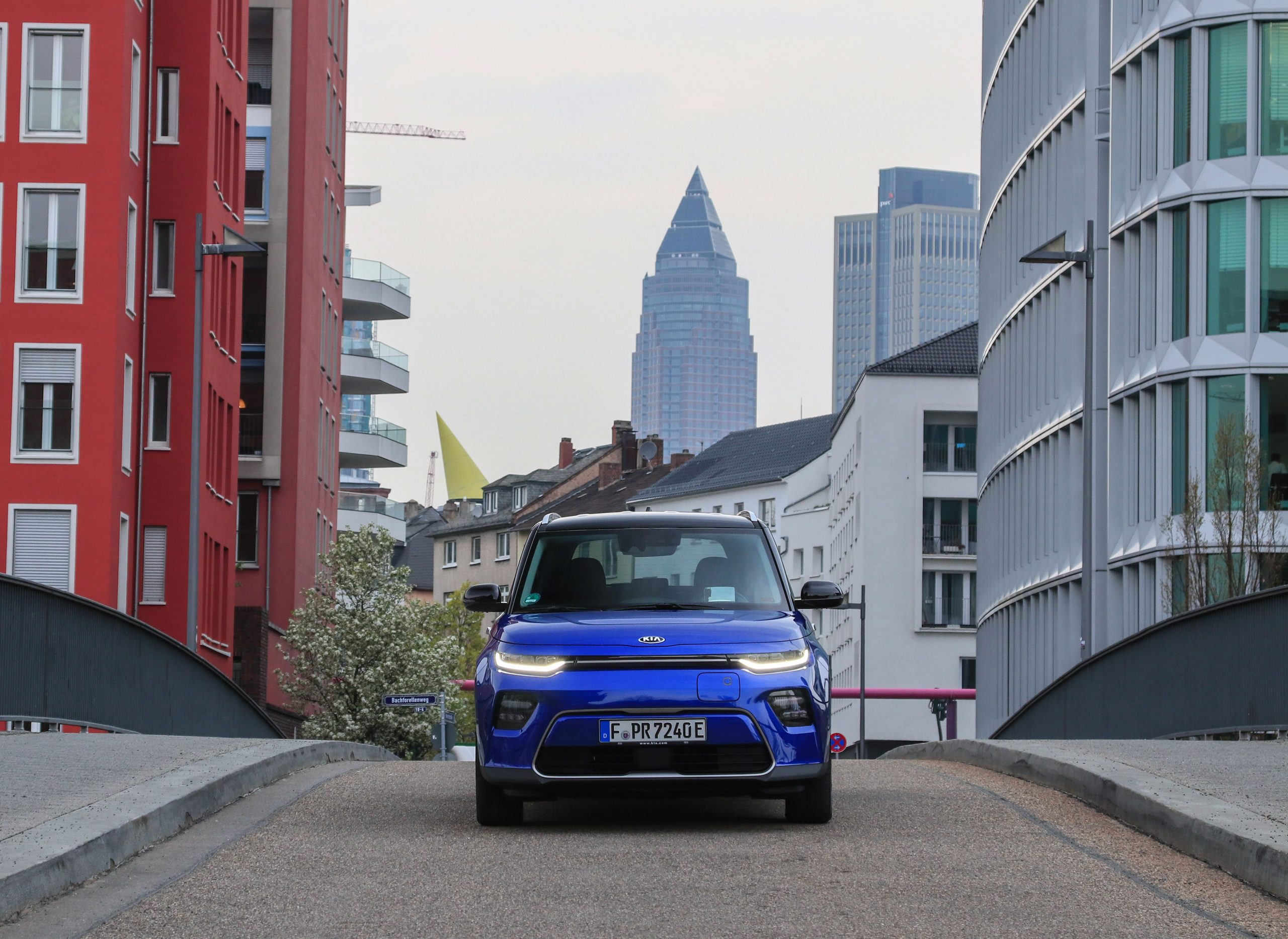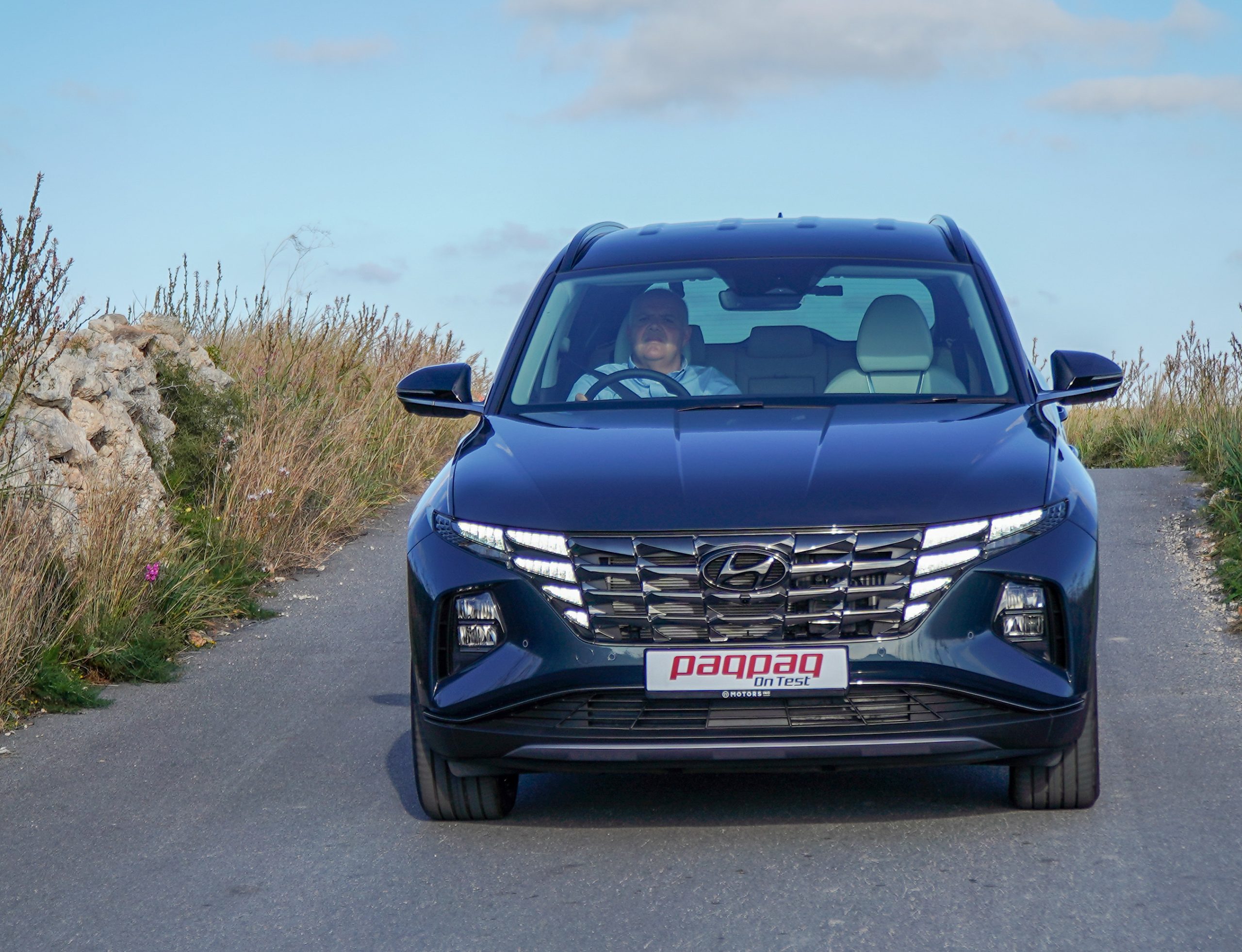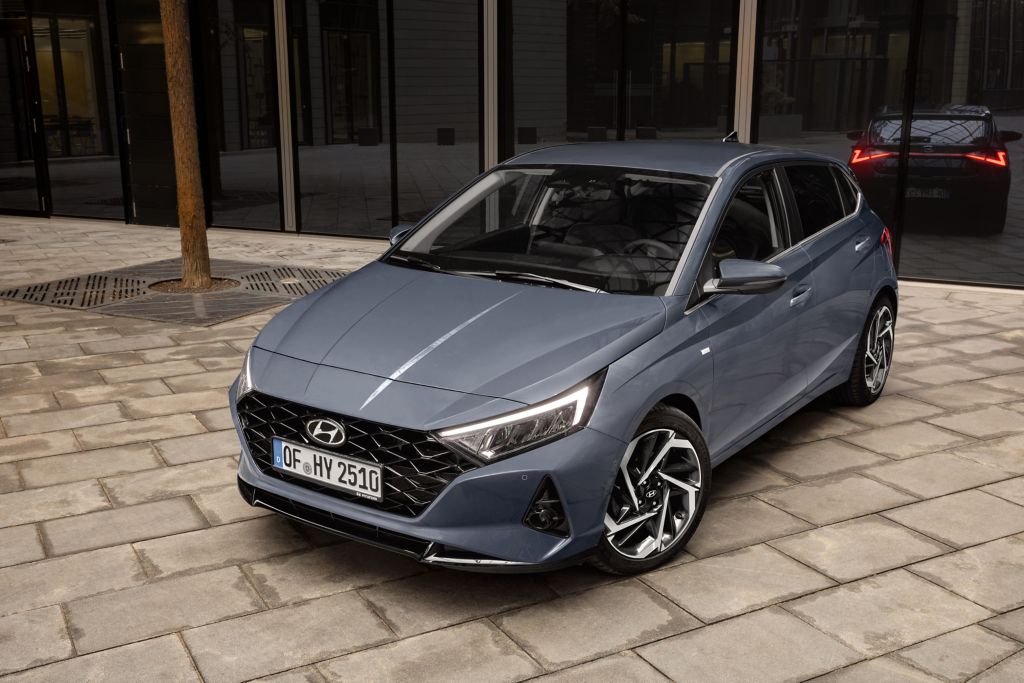The seventh generation of the BMW 3 Series ups the game once again, says Tonio Darmanin
The BMW 3 Series Sedan has epitomised the concept of sporty driving pleasure in the global premium midsize class for more than 40 years. Combining dynamic design, agile handling, exceptional efficiency and innovative equipment features, it takes the signature characteristics of a BMW and turns the volume up several notches.
The sedan represents not only the core of the BMW 3 Series range (of which over 15 million units have now been sold worldwide) but also the heartbeat of the BMW brand.
This latest edition of the car sees BMW building in particular on the sporting tradition of the 3 Series, whose exploits in race competition have earned it so much extra dynamic credibility. The seventh generation of the sports sedan ups the game once again in its segment in terms of driving dynamics, premium quality and innovation.
BMW’s new design language showcases the modern and dynamic character of the new BMW 3 Series Sedan with precisely drawn lines and strikingly contoured surfaces. It is 76mm longer than its predecessor, 16mm wider and just 1mm taller. The car’s 2,851mm wheelbase and increased track widths (front: + 43mm, rear: 21mm), meanwhile, have a direct and positive influence on its poise and agility.
The large BMW kidney grille and the headlights leading off it are dominant themes of the front end of the car. Their familiar two-way split is emphasised by an eye-catching notch in the front apron that rises up into the headlight contour. Full-LED headlights come as standard, while the LED headlights with extended features and Adaptive LED headlights with BMW Laserlight for non-dazzling high beam are available as an option.
The brand’s new design language also brings a clear arrangement of surfaces to the interior of the new BMW 3 Series Sedan. This accentuates the spaciousness of the cabin and, together with the cockpit’s focus on the driver, enhances their concentration on the road. The new screen grouping of control display and instrument cluster, the tall centre console and the coordinated design of the light, modern instrument panel and door panel trim create an all-round feeing of space and a sporting aura.
“The stiffness of the body structure and suspension mountings have been significantly increased”
The controls are clustered into clearly structured function panels. In the centre of the instrument panel, the displays and buttons for the air conditioning and air vents form a sharply designed unit, while the light functions are operated from a panel of buttons next to the steering wheel. The light functions are operated from a panel of buttons next to the standard-fitted sports leather steering wheel. The start/stop button for the engine is now positioned in the newly designed control panel in the centre console, where the gearshift lever or newly designed selector lever is joined by the iDrive controller and the buttons for the Driving Experience Control switch unit and electromechanical parking brake.
Five powerful and efficient engines will be available from the start of sales for the new BMW 3 Series Sedan. The line-up comprises a pair of four-cylinder petrol engines with 184hp in the BMW 320i and 258hp in the BMW 330i plus two four-cylinder diesels with 150hp in the BMW 318d and 190hp in the BMW 320d. A 265hp six-cylinder in-line diesel engine powers the BMW 330d. Also available from launch is intelligent all-wheel drive in the BMW 320d xDrive.
When developing the body structure and chassis technology of the new BMW 3 Series Sedan, a number of clear priorities were set: enhanced driving dynamics, agile handling characteristics, high-precision steering and superior braking performance. Overall, the new BMW 3 Series Sedan weighs up to 55kg less than the corresponding predecessor model, depending on the model variant and equipment fitted.
The new BMW 3 Series Sedan also has a low centre of gravity and 50:50 weight distribution, while the stiffness of the body structure and suspension mountings have been significantly increased. Optimised aerodynamics reduce the car’s drag coefficient to 0.23.
The standard-fitted suspension and optional M Sport suspension both include lift-related dampers, which are making their debut in a BMW model. They make a major contribution to the balance between sportiness and comfort which defines the character of the new BMW 3 Series Sedan. Continuously variable control allows them to adjust the damper firmness progressively according to changing spring travel, which reduces body movement perceptibly when evening out vibrations caused by bumpy road surfaces and dynamic cornering.
Extended shoulder and elbow room in the front seats and additional legroom, seat comfort and ease of entry and exit all contribute to the generous feeling of space in the interior. Plus, the new BMW 3 Series Sedan’s 480-litre boot offers improved loading comfort. A 40:20:40 split-folding rear backrest is part of standard specification, while automatic boot lid operation and a trailer coupling that can be extended and retracted again electrically are both options.
The optional comfort access, which now has a new sensor system, allows the car to be locked and unlocked automatically and also includes hands-free opening of the boot lid.
The new BMW 3 Series Sedan uses a significantly expanded selection of innovative assistance systems to likewise take a leading role on the road to automated driving. Standard equipment includes lane departure warning, plus collision and pedestrian warning with city braking function, the latest version of which also alerts the driver when a cyclist is detected. Options include active cruise control with stop and go function and the driving assistant with lane change warning, rear collision prevention and cross-traffic alert. Also offered is the driving assistant professional, a complete comfort and safety-enhancing package. One of the features of the driving assistant professional is the steering and lane control assistant, which works together with the driver to help keep the vehicle in the detected lane through narrow channels and also includes the lane keeping assistant with active side collision protection and the evasion aid. The new-generation BMW head-up display offers a larger projection surface, new graphics and additional display content.
Park distance control and the rear view camera assist the driver with manoeuvring and entering/exiting parking spaces. Also available is the parking assistant, which takes over steering, acceleration, braking and gear changes with the steptronic transmission when driving into and out of a space. Its range of functions also includes the reversing assistant, which can reverse the vehicle for distances of up to 50 metres by steering it along exactly the same line it has just taken when moving forward.
The new BMW operating system 7.0 plays a leading role in optimising the control and display system with modern, digital functions geared precisely to the needs of the driver. The optional BMW live cockpit professional comprises consistently designed, situation-linked and customisable displays on the fully-digital 12.3-inch instrument cluster and 10.25-inch control display. For intuitive operation, the driver can choose from the control display’s touch control, the iDrive controller, the steering wheel buttons, gesture control and voice control.
Making its debut in the new BMW 3 Series Sedan is the BMW intelligent personal assistant, an intelligent, digital character that responds to the prompt “Hey BMW”.
In a market that is shrinking as customers are swayed away by offerings such as the X1, X2 and X3, the all new 3 Series needed to be special to start winning back customers to the sedan segment and to the brand. I feel that the looks, efficiency and cutting edge technology combined with a return to BMWs famed sheer driving pleasure focus will help do this.














